 An effective trade show marketing program is an essential element of any comprehensive marketing plan. According to Cahners Advertising Research Reports, 18% of business to business marketing dollars are invested in trade shows, which underscores just how crucial exhibiting can be to the overall success of your company’s marketing portfolio.In order to do well in the fast-paced environment of corporate events and conferences, you need an eye-catching trade show display. You have less than 7 seconds to grab the attention of visitors and attendees as they pass your booth, and an effective trade show exhibit will help you to draw traffic and generate curiosity about who you are and what you do. No matter how big your company is or what size space you have registered, you can bolster your trade show marketing program with a well-designed booth.
An effective trade show marketing program is an essential element of any comprehensive marketing plan. According to Cahners Advertising Research Reports, 18% of business to business marketing dollars are invested in trade shows, which underscores just how crucial exhibiting can be to the overall success of your company’s marketing portfolio.In order to do well in the fast-paced environment of corporate events and conferences, you need an eye-catching trade show display. You have less than 7 seconds to grab the attention of visitors and attendees as they pass your booth, and an effective trade show exhibit will help you to draw traffic and generate curiosity about who you are and what you do. No matter how big your company is or what size space you have registered, you can bolster your trade show marketing program with a well-designed booth.
Trade show displays come in all shapes and sizes, and exhibitors usually spend between $100 and $200 per square foot of exhibiting space. Some common exhibit sizes are listed below:
Table Top Displays
Small companies that are new to exhibiting typically get their feet wet by exhibiting in a small space with a table top display. Starting out small is a great way to get a feel for what works and what doesn’t work in the trade show environment. The lessons you will learn in small spaces will almost always translate into larger spaces, but mistakes will not cost you as much money if you’re exhibiting in a smaller space.
Exhibiting in a small space will not necessarily prohibit you from experiencing a good deal of success at trade shows. Many trade show exhibits are designed specifically for small spaces and tight budgets. Typical table top displays run between $200 and $2,000 depending on the size of the system and the quality of the graphics, and a well-designed system can make a big impact on attendees.
10 x 10 Displays
The vast majority of exhibit spaces registered in the United States are 10ft wide by 10ft deep. Most small businesses find that registering a 10 x 10 space at a conference provides them with plenty of room to showcase their brand and their products, but does not carry the added cost of registering larger exhibit spaces. 10 x 10 displays vary widely in price and functionality, and choosing the correct exhibit for your company can sometimes seem like a daunting task.
 If you need a simple back wall unit with large graphics, pop up displays may be the best choice for your company. These systems can be set up in a matter of minutes, and they offer a large graphic area at a fraction of the cost of typical 10 x 10 booths. You should expect to pay less than $2,000 for a 10ft pop up display with full graphics, but your company will look like a large corporation if you utilize well-designed graphics.
If you need a simple back wall unit with large graphics, pop up displays may be the best choice for your company. These systems can be set up in a matter of minutes, and they offer a large graphic area at a fraction of the cost of typical 10 x 10 booths. You should expect to pay less than $2,000 for a 10ft pop up display with full graphics, but your company will look like a large corporation if you utilize well-designed graphics.
If you need to incorporate accessories such as literature holders, computer monitors, counter surfaces, or product shelves, then using a modular, accessory-friendly system such as the Exhibit One display may be the best option for your company. These systems offer the look and feel of a custom booth, but because they are produced entirely from stocked exhibit hardware, the price tag is much more affordable. Exhibit One systems can be configured specifically for your company and tailored to the needs of your booth staffers, which will greatly increase the chance of your company having a successful trade show marketing program.
20 x 20 Island Displays
If you have found success in trade show marketing through exhibiting in smaller spaces, you may want to consider registering a 20 x 20 island for your next event. As a general rule, you should budget four times as much capital to exhibit in a 20 x 20 space as you would to exhibit in a 10 x 10 space. Although your up-front costs such as registering the space, purchasing an exhibit, and designing brochures will increase, the payoff can be huge if you already understand the basics of trade show marketing thanks to your experience in smaller exhibit spaces.
Although 20 x 20 trade show displays are often produced as custom exhibits, there are many stocked 20 x 20 booths on the market today. Although these exhibits have a custom look, they are produced entirely from stocked components, which can save your company money in the design and development process. Many exhibitors choose to invest in custom booths at this stage because they need to incorporate very specific design elements that are outside the scope of stocked exhibits. These exhibitors find their costs will skyrocket, but they are willing to take that gamble in the hopes that they will bring a solid return on their investment.
Large Custom Displays
Large corporations invest huge amounts of time, energy, and capital to produce stunning custom exhibits. Created entirely from scratch, custom exhibits are a powerful representation of your company’s image that are designed to leave a lasting impression in the minds of potential clients. If you’ve attended a trade show before, you probably have been impacted by the presence of a large custom exhibit.
Custom exhibits can take months or even years in the design and development stage, and the cost for design can quickly add up. Once the design is finalized, the components for the booth will need to be sourced or fabricated from scratch. For many of these booths, the cost of storage and drayage alone can be greater than many companies spend on trade show marketing over the course of a year.
If you plan to invest in a large custom exhibit, it is important to do your research before you even begin the exhibit design process. Begin by attending large conferences, you will get a feeling for what type of booth space would generate the best return for your company. This will give you a good starting point when you begin the process of exhibit design and it will increase the chances that the final product will meet your needs.
About the Author:
Andy Keeler is the President of MODdisplays, a company that specializes in the sale of portable trade show displays and exhibiting accessories. MODdisplays proudly features the Exhibit One display, the best selling hybrid exhibit on the market.








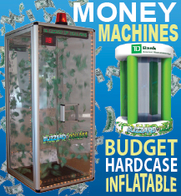


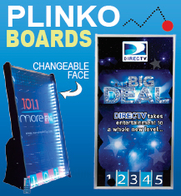
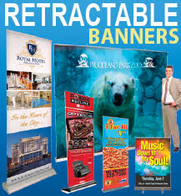
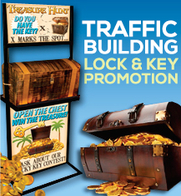
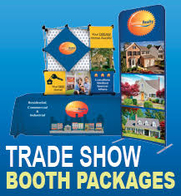
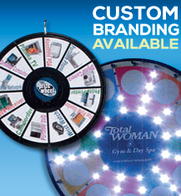
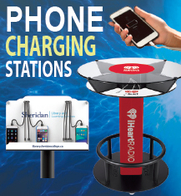
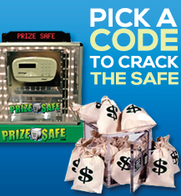
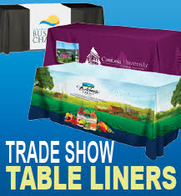

only 18%?? My company tries to use more like 25% of marketing funds for trade shows. more people should invest in a trade show marketing plan.